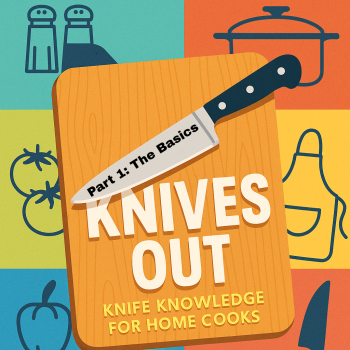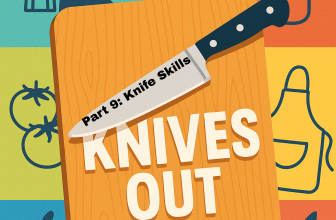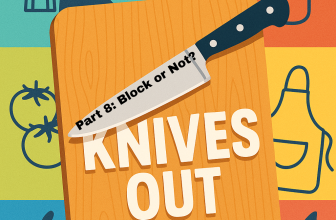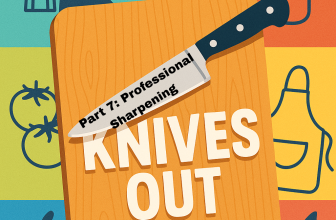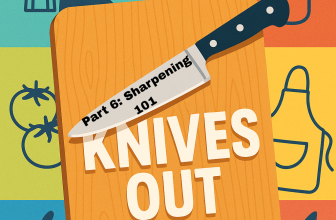Understanding the Basics
A good knife is the one tool that every home cook relies on more than any other. From chopping vegetables to carving meat, a good knife makes cooking faster, safer, and more enjoyable. Yet too often, knives are overlooked, tossed into a drawer, or left dull and underperforming.
The truth is simple: you don’t need a giant block of blades to cook well. What you do need is an understanding of which knives matter most, how to choose the right ones, and how to care for them so they last. With the right knowledge, your knives can transform from frustrating gadgets into trusted kitchen partners.
This series will walk you through everything you need to know. Find out the essential knives every home cook should own, storage tips, sharpening methods, and when to call in the pros. Whether you’re just starting to build your kitchen toolkit or looking to upgrade what you already have, mastering your knives is the first step to cooking smarter at home.
Let's start with the basics: identifying each type of basic knife and its parts.
Basic Knife Types
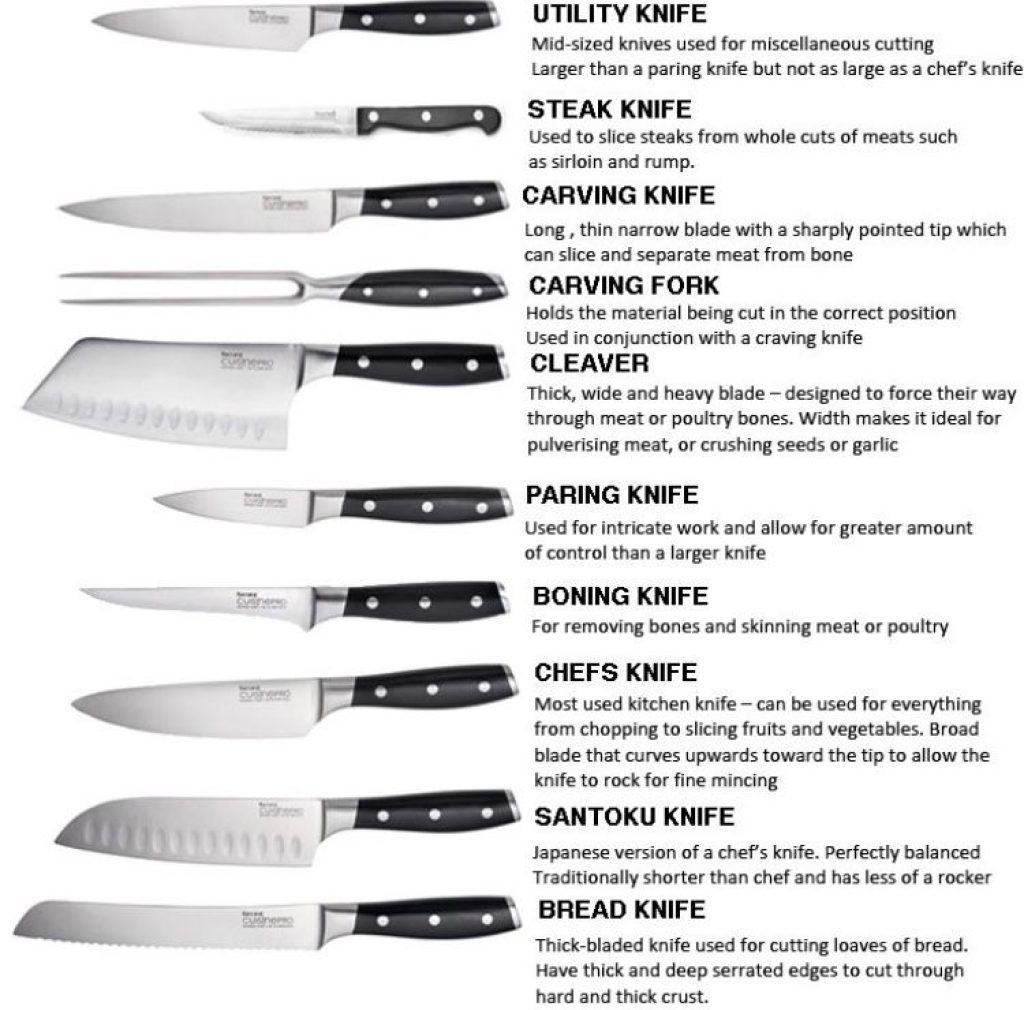
Parts of a Knife & Why They Matter
Understanding the anatomy of a knife helps you know how to use it correctly, what features to look for when buying one, and how to care for it so it lasts a lifetime.
Blade: The business end of the knife. It’s what does all the cutting, slicing, and chopping. The material, sharpness, and maintenance of the blade determine how well the knife performs.
Tip: The forward section of the blade. It’s used for delicate cutting tasks, like mincing garlic, scoring dough, or detailed work where precision is key.
Point: The very end of the knife. Ideal for piercing, scoring, or starting cuts in foods like tomatoes or meat.
Edge: The sharpened side of the blade. This is the most important functional part. A sharp edge makes cutting safer and easier, while a dull one can slip and cause injury.
Heel: The rear part of the blade (closest to the handle). It’s thicker and stronger, making it useful for cutting through harder foods like squash, carrots, or even small poultry bones.
Spine: The top (unsharpened) edge of the blade. A thicker spine adds strength, balance, and weight, which helps with stability when chopping. It also gives you a surface to apply pressure when cutting.
Bolster: The thick junction between the blade and handle. It adds balance, provides a finger guard for safety, and reinforces the knife’s strength. (Not all knives have a bolster, but many forged knives do.)
Tang: The portion of the blade steel that extends into the handle. A full tang (steel running through the entire handle) makes a knife stronger, more balanced, and less likely to break.
Rivets / Fasteners: These secure the handle to the tang. On full-tang knives, rivets keep everything firmly in place, ensuring durability.
Handle / Scales: Where you grip the knife. A good handle should feel comfortable, balanced, and non-slip, even with wet hands. It’s as important as the blade for control and safety.
Butt: The very end of the handle. It can provide balance, and in some knives, it’s used for light pounding or crushing.
Knife Parts
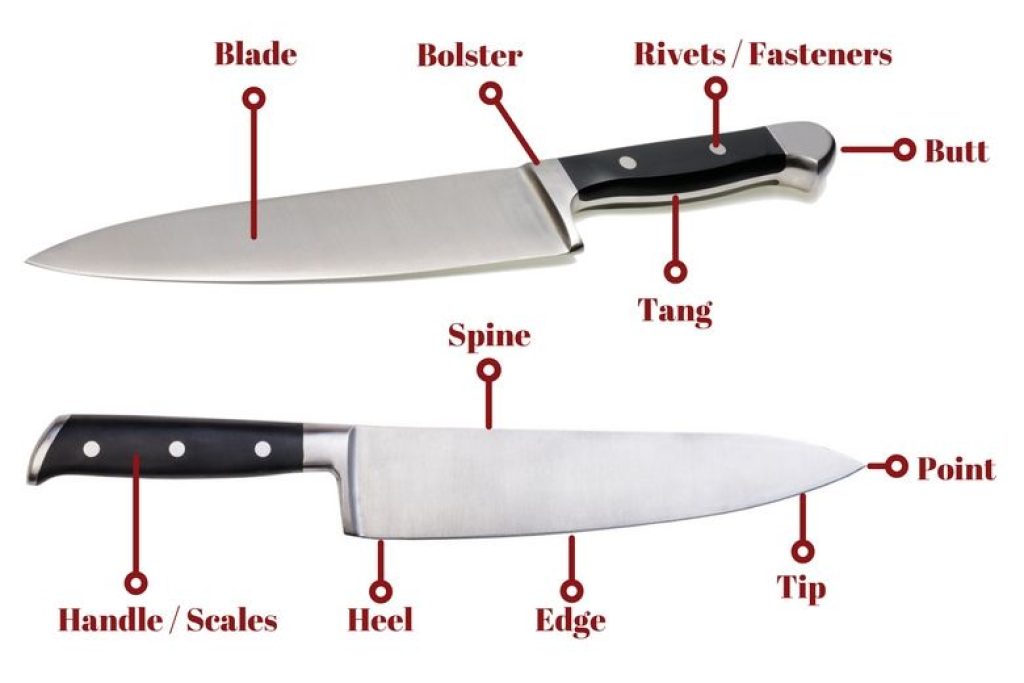
Other useful terms to know:
Forged Knife – Made by shaping heated steel; usually stronger and has a bolster.
Stamped Knife – Cut from a flat sheet of steel and machine-made; typically lighter and less expensive.
Rockwell Hardness (HRC) – A scale measuring the hardness of a knife blade. Higher numbers mean the knife holds an edge longer but may be more brittle.
Granton Edge – Scalloped indentations along the blade that reduce friction and prevent food from sticking.
Read More
Part 2: The Essentials
Part 3: Spend Wisely
Part 4: Storage Matters
Part 5: Dull = Danger
Part 6: Sharpening 101
Part 7: Professional Sharpening
Part 8: Block or Not?
Part 9: Knife Skills

